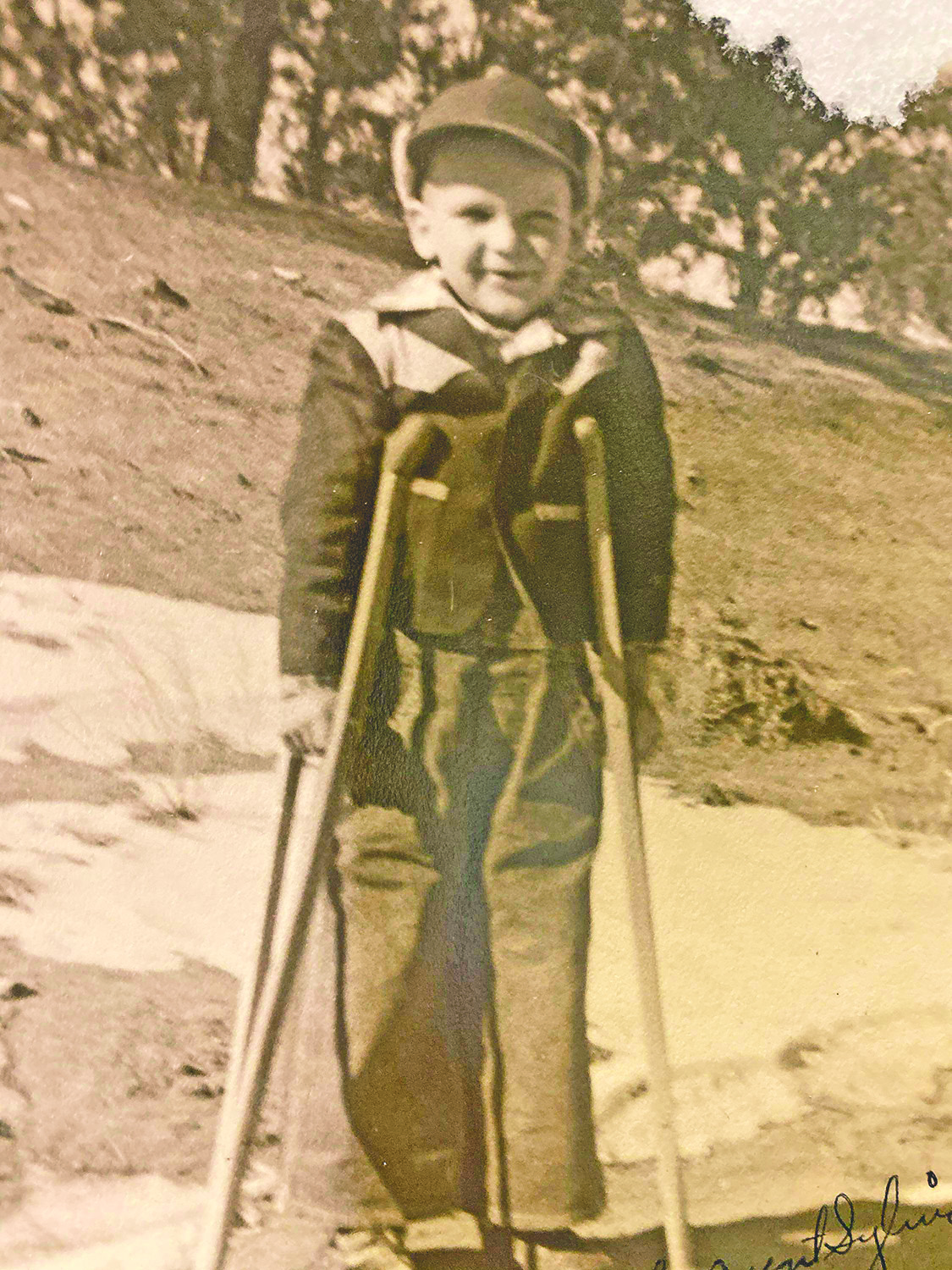Mickey Starling
reporter3@greenepublishing.com
History is littered with pandemics and epidemics that have each killed millions of people. Cholera and Flu have been at the center of pandemics since the 1800s. The current coronavirus pandemic is the first to be caused by possible human error at a Chinese laboratory in the Wuhan Province.
Polio made its deadly debut as a US epidemic in 1894, in Rutland County, in Vermont. The county saw 132 cases and 18 deaths in a short period of time. Charles Caverly, MD, was the first to note that the disease could occur with or without paralysis. He incorrectly stated that Polio was not contagious.
The contagious nature of the virus was detected in 1905 by Ivan Wickman, who also discovered that people could have Polio and never show severe symptoms.
Three years later, the poliovirus was identified after monkeys were injected with filtered preparations of spinal cord fluids from a Polio victim who had died. All the monkeys contracted the virus as a result of the shots. It wasn't until the 1950s that the virus became visible, thanks to the electron microscope.
A particularly deadly Polio outbreak struck New York City in 1916, killing over 2,000 people, most of whom were young children between the ages of 5 and 9. The epidemic took the lives of 6,000 people throughout the US and left thousands of others paralyzed. It was common for Polio outbreaks to occur in the summer months and they often resulted in the closing of amusement parks, pools and other favorite gathering places of children. President Franklin Roosevelt was believed to have contracted the virus from an infected water fountain in 1921.
Polio continued to spring up in the coming years, with a major surge occurring in 1952. The US saw 57,628 reported cases, with over 21,000 of them resulting in paralysis. This outbreak heightened the call for a vaccine to be found. Dr. Jonas Salk developed a vaccine in 1953 that he personally injected into his wife and children. They suffered no ill effects and the vaccine was licensed for use in the same year.
Some manufacturers failed to follow Salk's instructions for properly killing the poliovirus present in the vaccine and this resulted in 11 deaths and hundreds of cases of paralysis from faulty vaccines. By 1963, a vaccine was approved that protected against all three types of poliovirus and by 1994, Polio was declared eradicated in the Americas. Some isolated cases of Polio-like viruses have resurfaced in Florida in 2018.
Citizens of Madison County were affected in one way or another by the poliovirus. Former Greenville mayor, the late James Randy Stephens, of Greenville, became ill at the age of two, in Homerville, Ga., in 1954. He was separated from his family and would soon be diagnosed with Polio. His was the first case in Clinch County, Ga. Dr. Salk's vaccine arrived in Homerville merely a few weeks after Stephens became ill.
The virus affected Stephens' legs, causing one to grow longer than the other. The Shriners assisted his family and he received treatment at the Shriners hospital in Greenville, S.C. At the time, parents were allowed to visit once a month and they were never told exactly when surgeries would occur. Stephens went through multiple surgeries—one of which included breaking his good leg in order to shorten it.
The Stephenses would soon move to Greenville, where the logging family purchased a farm on Sundown Creek Road. While the virus certainly affected Stephens, causing him to require a leg brace and cane throughout his life, he didn't allow the setback to stop him. Stephens graduated from Madison High School in 1970, going on to obtain a degree in political science from Florida State University. Among many endeavors, Stephens farmed cattle, worked for Sherrod's Lumber Company for twenty years and served as the mayor of Greenville, helping to bring about positive growth in his community.

